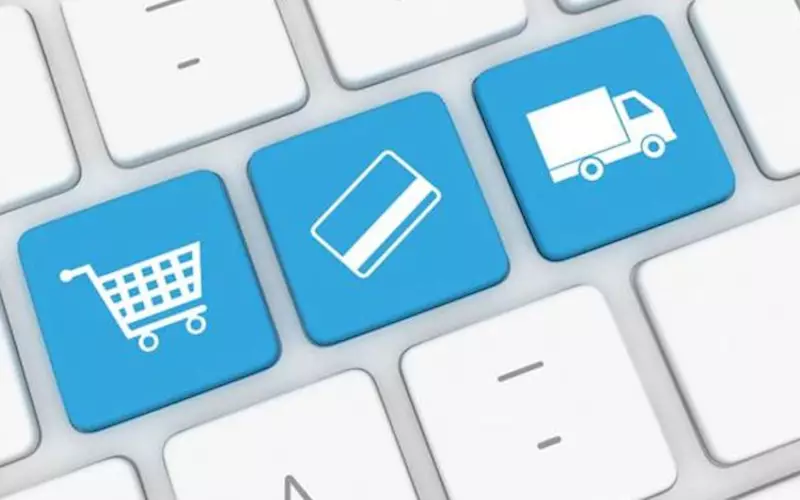The Tetra Pak Index 2017, released last week, claims that India is now a ‘mobile-first’ market with 82% of its population spending their time on mobile phones. This indicates that brand will have to engage with customers via handheld devices.
In that sense, packaging too has to don its marketing hat and boost customer engagement. The report talks about digital codes printed on packages to improve transparency of traceability, allowing consumers to access information about the product right down to the source. The package can also be transformed into a platform for two-way information flow where brands can capture specific, valuable data about their consumers as well as share more information about the product itself.
Saumya Tyagi, director marketing for South Asia markets, Tetra Pak, says packaging technology can make consumers feel more connected with the brand and ensure food safety. “Tetra Pak is working on introducing new digital technologies like augmented reality and QR codes in its packaging, which will help attract the new generation of connected consumers,” he adds.
Talking of connected consumers, Shrabonti Bagchi recently tweeted about over-packaging by eRetailers like Amazon. It fetched more than 2,700 re-tweets and was liked by over 1,700 netizens.. The tweet reads: “I’m imploring Amazon India to stop using excess packaging. I booked two units of the same product from the same seller in the same order, and they came in two separate packages.”
The concern is genuine and pertinent.
Last month, Mumbai was shut for two days after the rains and as environmental experts stated, the main cause was ‘waste and sludge’. At the end of the post-deluge cleaning, 9,600 metric tonnes of garbage was picked up and sent to dumping grounds. The amount included the daily average of 7,500 metric tonnes of waste - mostly plastic - generated by the city. The garbage comprised thermocol, plastic bags and wrappers.
While waste management is an issue, as an important stakeholder in the value chain, it’s our duty to make responsible and optimum use of packaging materials. It’s time brands and packaging companies, along with government bodies, invest time and money into initiatives to reclaim used packaging materials and put it to appropriate use in an environment-friendly manner. Like what Tetra Pak does with its cartons.
Packaging must become the part of the solution, not part of the problem. For this, consumer awareness is equally important.
On that front, perhaps the PET industry is quite proactive. A report by Pune-based National Chemical Laboratory said PET bottle recycling has grown to become a Rs 3,500-crore industry. Initiated by the Pet Packaging Association for Clean Environment (PACE), the report revealed that close to 70% of PET bottles gets recycled through organised sectors. Among other things, recycled PET finds applications in making the uniforms of the Indian cricket team and the blankets distributed in Emirates airlines.
“The study has revealed that 70% of PET waste in India is recycled. It also found that of the 900kg tonnes of PET made in India annually, 65% is recycled at registered facilities, 15% in the unorganised sector and 10% is reused at homes,” PC Joshi, general secretary, PACE, says.
According to PACE, recycling each PET bottle conserves energy to light a 60W bulb up to six hours, recycling one tonne of PET containers save six cubic metres of landfill space, saves 1.5 tonnes of carbon dioxide, landfilling and incineration. Guided by these eco-friendly incentives, coupled with the transformation of PET waste into a large number of allied products has boosted recycled PET.
To woo today’s connected consumer, brands will evolve their strategies and leverage the connected conversations. What’s our strategy to build a clean brand image for packaging?











 See All
See All